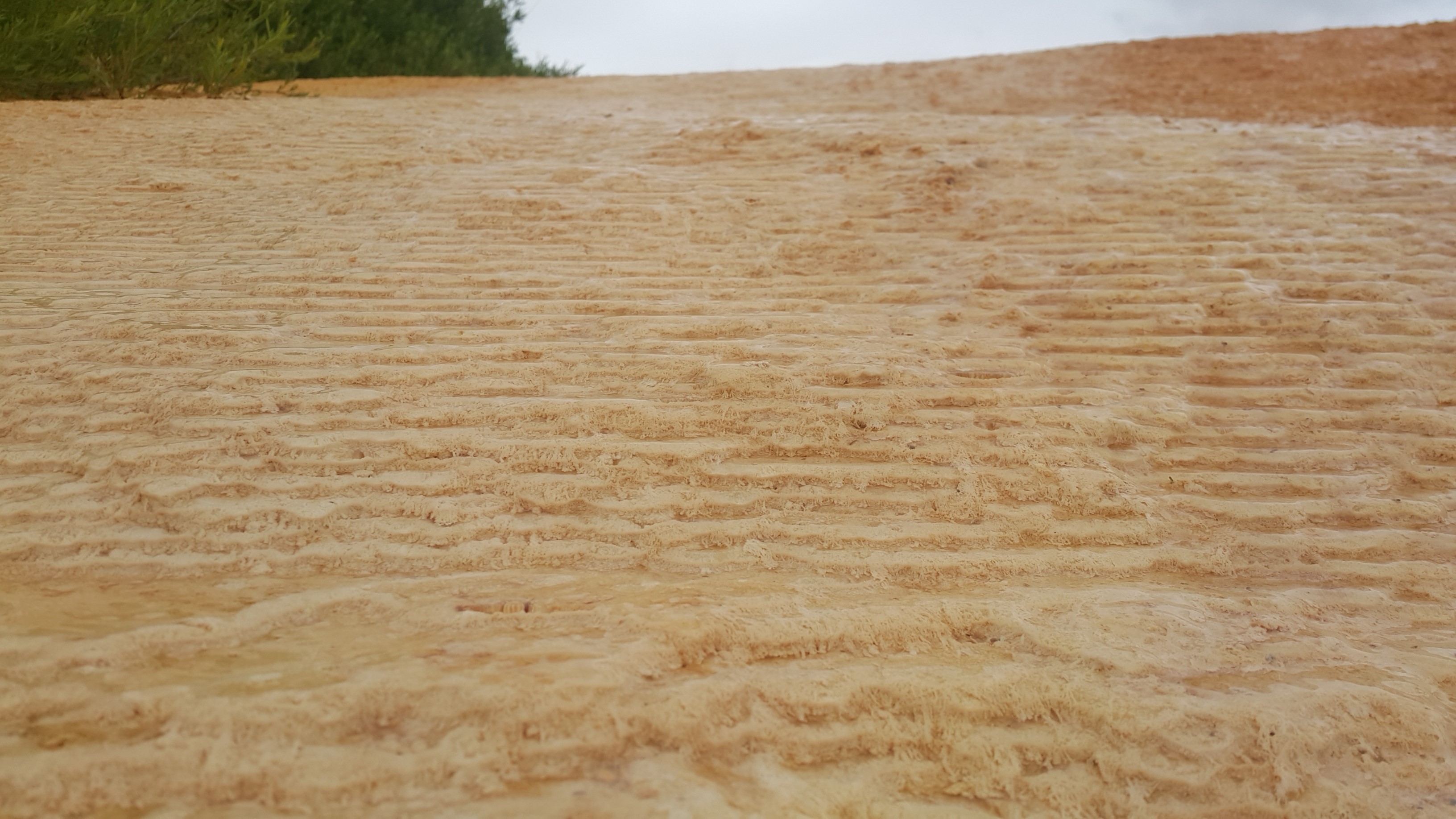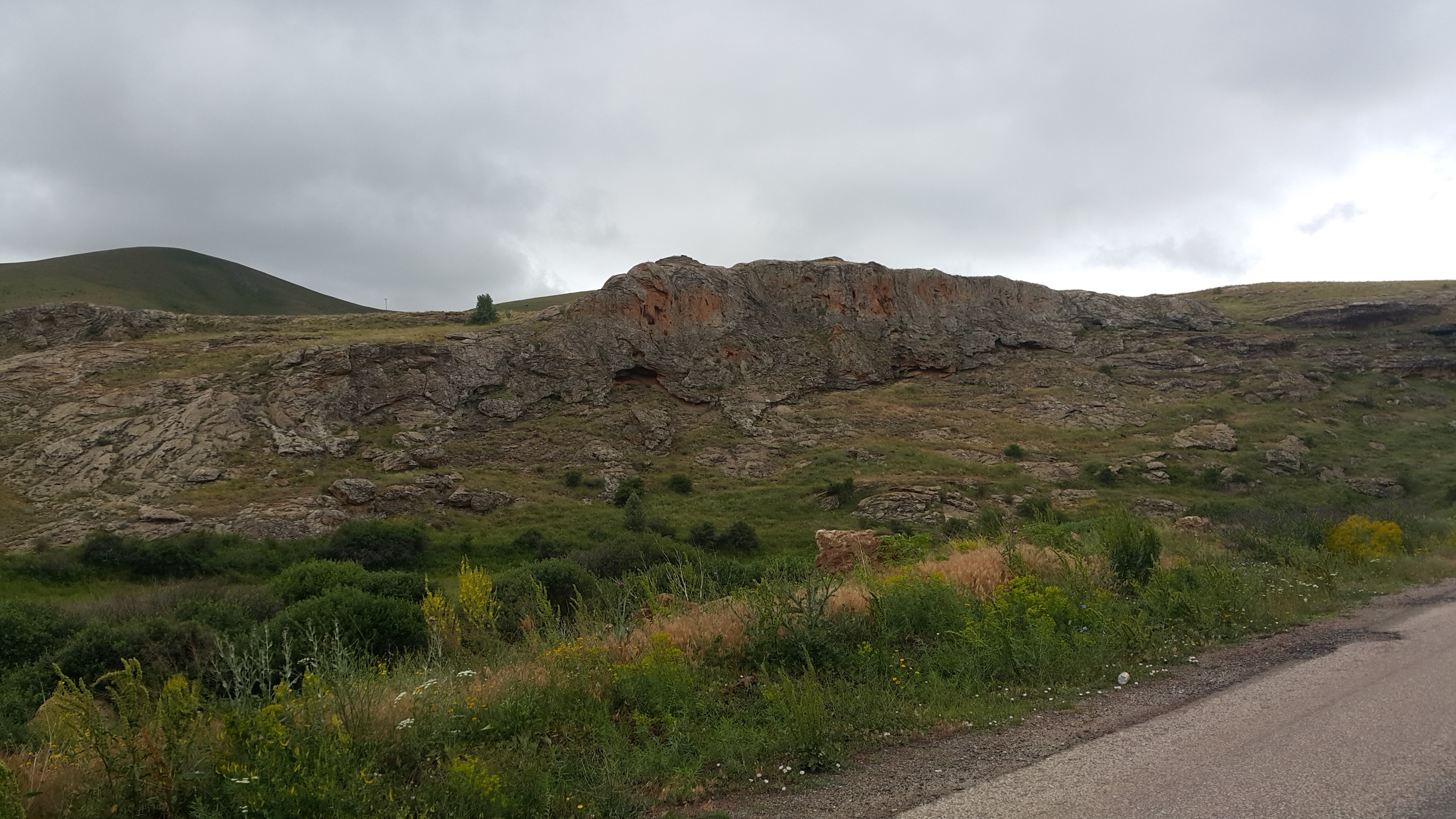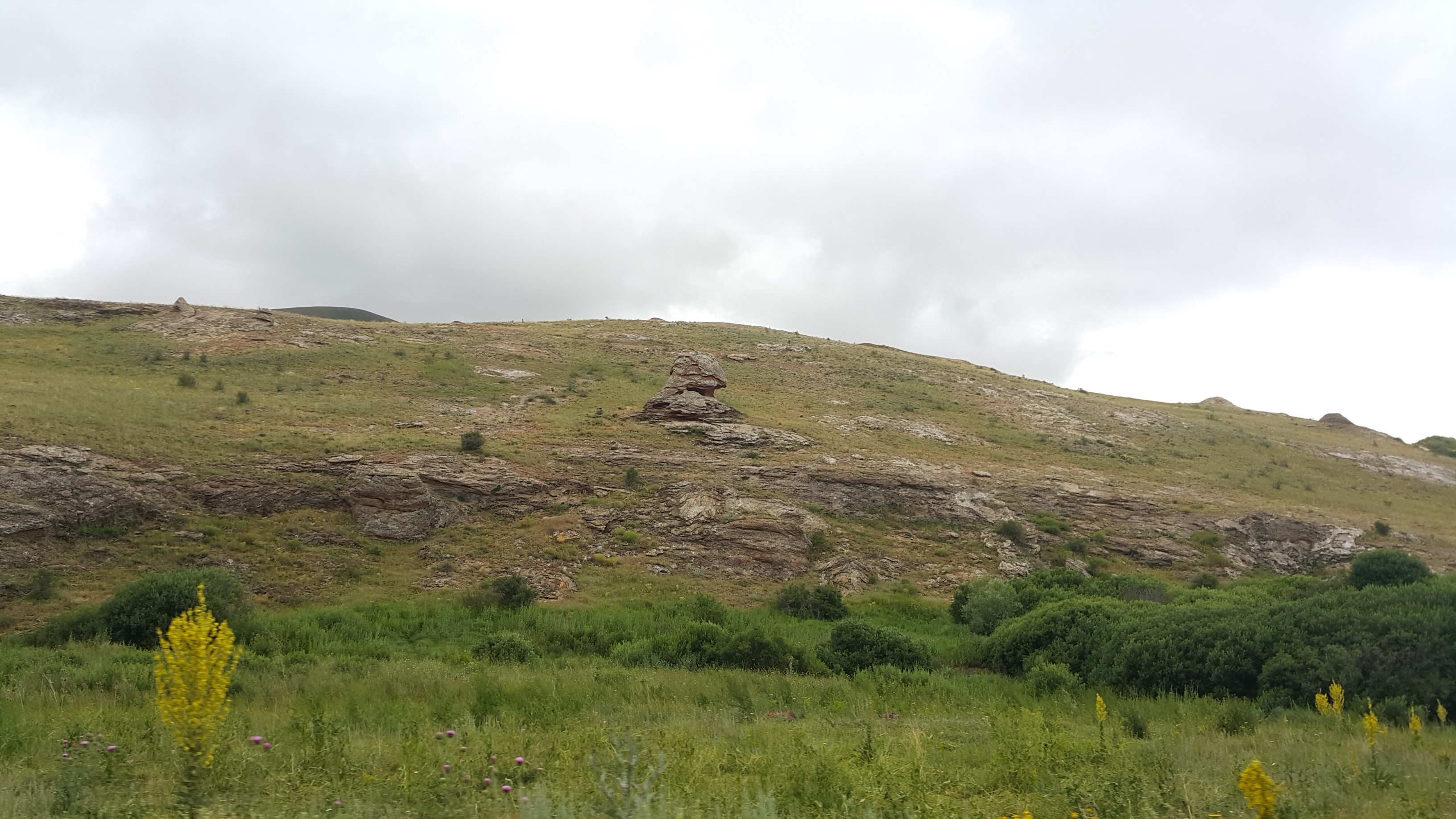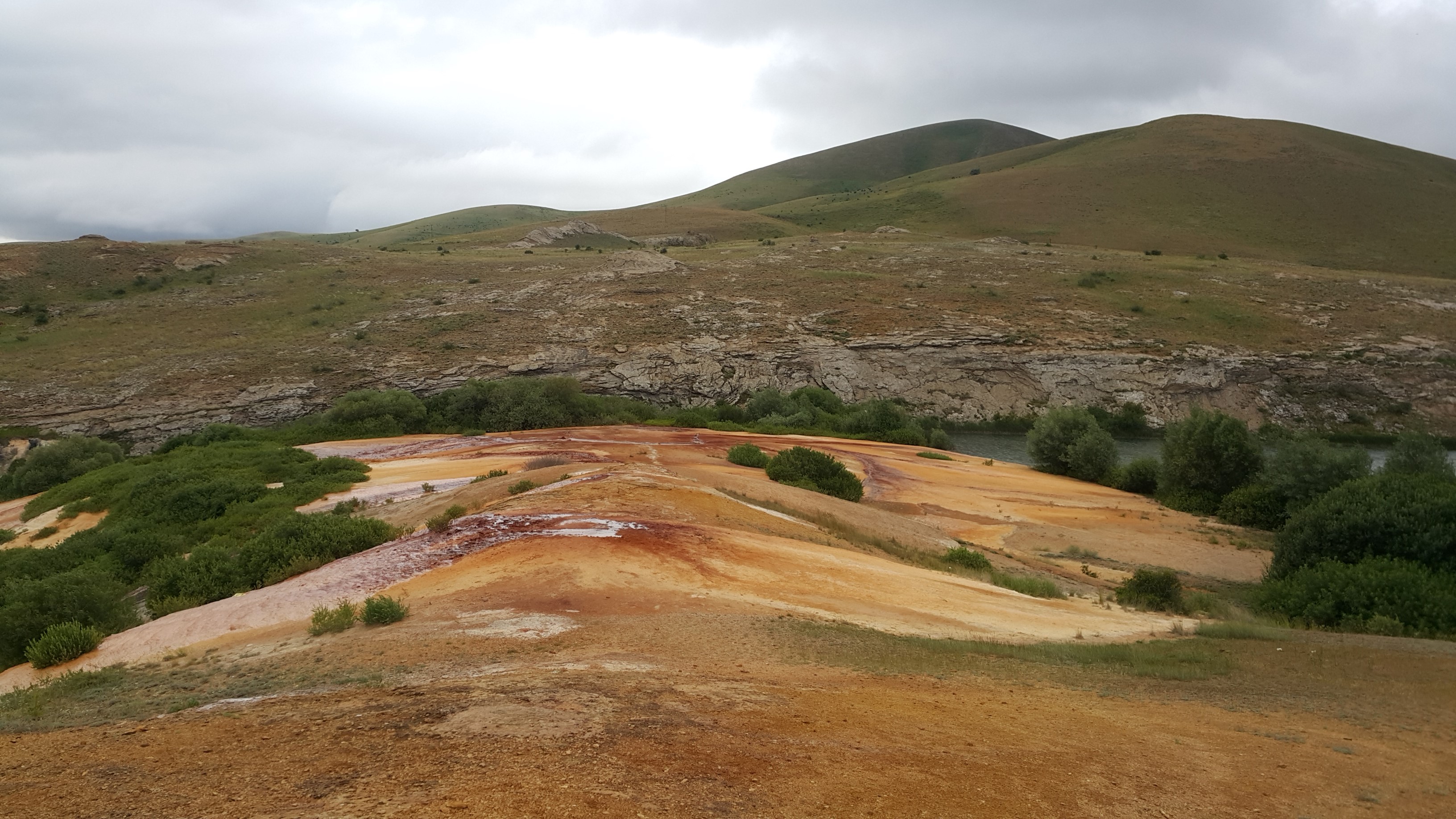Unique Formation of Otlukbeli Lake
Classification of the Lakes
According to global count of lakes by satellite-based remote sensing, there are 117 million lakes (covering 3.7% of earth surface) in the world [Geophysical Research Letter].
Lakes are classified in 11 types by their origin [Hutchinson.1957]. These types are;
- Tectonic Lakes
- Volcanic Lakes
- Glacial Lakes
- Fluvial Lakes
- Solution Lakes
- Landslide Lakes
- Aeolian Lakes
- Shoreline Lakes
- Organic Lakes
- Anthropogenic Lakes
- Meteorite Lakes
It is possible to classify the lakes by their origin under different topics. Such as Barrier-Lakes.
The Otlukbeli Lake can be classed into "barrier lake" but there is not any submitted lake formation exist in the world.
Barrier Lakes are forming as a result of damming the running stream or blocking water body of the seas or oceans by different environmental impacts, and can be classified by origin of the barrier.
Types of Barrier lakes are given as lava barriers, alluvial barriers, glacial barriers, landslide barriers, organic barrier and shoreline barriers.
The Otlukbeli Lake can be classed into "barrier lake" but there is not any submitted lake formation exist in the world. It is out of this classifications and have a unique barrier origin.
Let's Examine Throughly...
The Otlukbeli Lake is located in eastern part of the Turkey. It is a quite small lake with dimensions of about 150m in length and 50m in width. Maximum depth of the lake is given as about 15m. It is located on a route of river. Lake is formed by damming of the river.
Therefore, It is a barrier lake which is resultant of travertine formation. The mineral groundwater that feeding the lake causing the travertine formation.
 |
| Travertine Formation |
Lake is surrounded by ophiolite series that is comprises mainly serpentine and schist. The river which is feeding the lake and the lake are embedded into these units.
Travertine Formations
Researchers are examined the travertine formation in 3 phase.
 |
| Interpretation of the Travertine Formation |
First and oldest phase is located at south of the Lake and covered the west sides of the river bed. It has been understood by looking the topography that travertine are the product of springs that outflow from fault line.
 |
| 1st Phase Travertine Formation |
Second phase travertine was formed south of the Lake as a result of blockage of the first phase spring points and tectonic resultant displacements. Second phase travertine are also formed by several spring points that aligned over fault line.
 |
| 2nd Phase Travertine Formation |
The spring points of the second phase are formed as a travertine cones with 2-4m diameter and 2-3m height. The cones are aligned along a straight line, shows that cones are formed over fault line. There is not water outflowing anymore. Most likely, base and part of barrier that cause Otlukbeli Lake formation was deposited during this phase.
 |
| Travertine Cone |
3rd phase of the travertine formation completed the barrier. Furthermore, travertine formation is still ongoing on barrier.
 |
| Travertine Barrier of Otlukbeli Lake & Current Travertine Formation |
Formation of the Barrier
Barrier of the Otlukbeli Lake have about 20-30m height and it is 80m in length and 40m in width. It is located between 2nd phase travertine formation (southern side) and serpentine (northern side).
Origin of the barrier makes Otlukbeli Lake unique. So, let's think about how its formed? and any other barrier formation option can be possible?
We are sure about that Otlukbeli Lake is formed by damming of the river. As it is mentioned above, barrier type lakes are given as;
- Lava barriers; There is no volcano exist around Otlukbeli Lake at least 100km wide.
- Alluvial barriers; There is no any other branch connecting to the river around barrier that can bring alluvial as a barrier and It is not possible that barrier formed by river's own alluvial which is flowing in quite inclined valley.
- Glacial barriers; No glacial history in the area
- Landslide barriers; By looking geomorphological features there is no evidence of landslide on the adjacent area of barrier, such as accumulation or source of any sliding mass. When size of the barrier is considered, It has to be seen implication of the landslide.
- Organic barrier; Out of review
- Shoreline barriers; Out of review
Herewith, other barrier type lake formations are eliminated and it can be considered that origin of the barrier is travertine.
Researchers indicated two possible mechanisms about travertine formation as a barrier.
Travertine formation is very fast on the barrier. Most likely, this formation was faster in more recent times. When the water withdrawal from the river or when the river is dry, the mineral bearing waters deposited their ingredient at the river bed. This water is flowing out from the fault which is crosscutting the river bed. So, travertine raised by overlapping each other and formed the barrier.
Other possibility is given as, travertine that forms along fault created a bridge, then with internal collapses or with new depositions this bridge gap is blocked and barrier is formed.
Eventually, Otlukbeli Lake is the unique lake in the world by its origin. There is no any submitted lake formation in the literature so far. It is an honor for me to share this nature's wonder.








Comments
Post a Comment